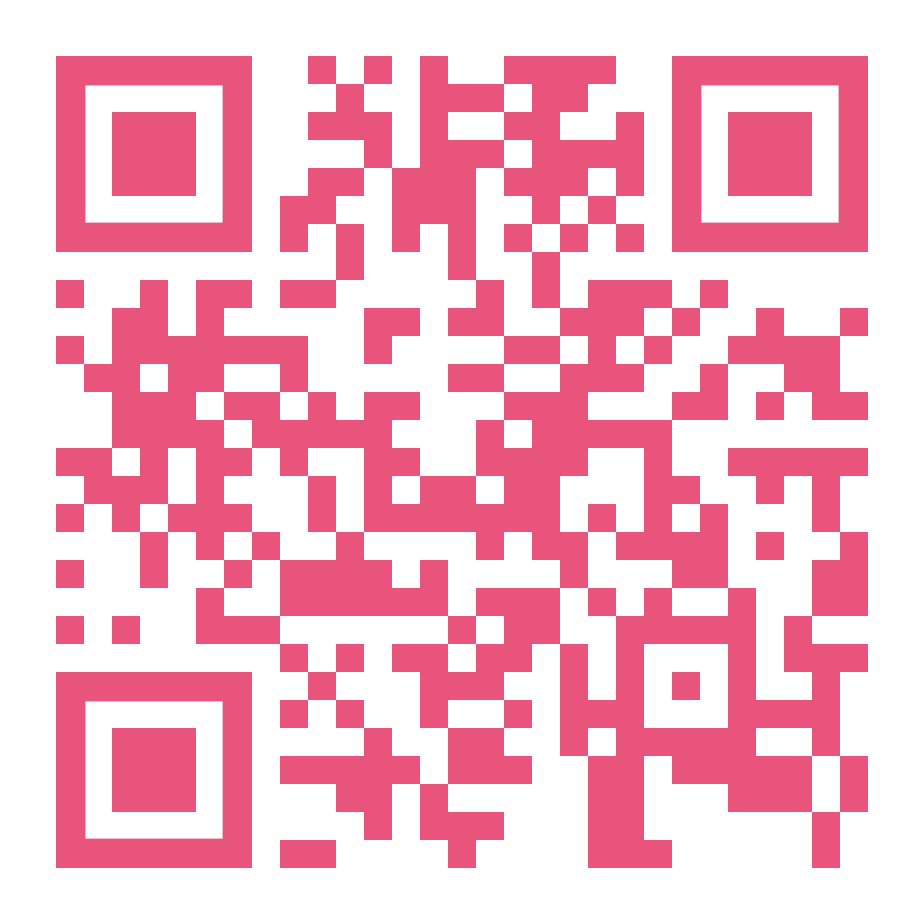O colofão: onde as partes móveis se juntam
Resumo
Esta proposta considera o colofão como uma estrutura conceitual para pensar listas e listar dentro de nossa(s) prática(s) criativa(s). Convencionalmente, o colofão é um pequeno trecho de texto que detalha informações sobre a realização de uma publicação ou seu uso pretendido. Na maioria das vezes, o colofão especifica “como, onde e quando”: os tipos de letra e de papel; o local, data, número da edição e método de impressão. Também pode colocar em primeiro plano os aspectos relacionais da publicação — o “com quem” ou o “porque aqui”. Os colofões aparecem na abertura ou no fechamento de publicações, e as informações deles podem formar uma espécie de lastro para o que os precede ou os sucede. Ou seja, a listagem do trabalho material, processual e relacional que foi necessário para fazer as publicações é reconhecida como uma necessidade estrutural. Como essa concepção de colofão é útil para pensar sobre os outros tipos de listas e listagens que fazem parte de nossas práticas? Folhas de execução; listas de materiais; conteúdos; listas de títulos; índices; legendas; glossários; registros; manifestos; cronologias. Estes tipos de “listagem” comunicam contextos relevantes e importantes e, desta forma, tornam-se uma parte conceitual dos próprios trabalhos criativos. Estes formatos também são práticas citacionais onde os materiais, processos, informações e relações são compartilhados livremente — como qualquer texto escrito estaria na lista de referência de uma publicação. Em seu livro, "The Hundreds" (2019), as teóricas culturais Lauren Berlant e Kathleen Stewart listam textos de Adorno e Agamben ao lado de "uma máquina de cozinhar ovos" e "alguns amores-perfeitos presos em uma caixa de janela" na seção de referência, todos em ordem alfabética, sob o título “Algumas coisas com as quais pensamos”. Esse tipo de lista (e o próprio conceito de colofão) não é uma divisão indiscriminada em partes separadas, mas um destaque estratégico das condições e abstrações da obra de arte. Como surgiu a coisa (lista) que vocês tinham antes de se unirem, e como você poderia “fazer” também? Como você pode fazer escolhas diferentes e quais seriam essas escolhas? O colofão, como estrutura, existe não apenas para reconhecer o que contribui para uma publicação, mas também para rastrear possíveis pontos de desvio da convenção. Como uma tática dentro da prática criativa, o colofão é como uma abstração conceitual; ele contém todas as partes constituintes que compõem um projeto em um só lugar. O "com" que Berlant e Stewart exploram é a chave para o "como, onde e quando" das relações que o ato de listar reúne. Este artigo irá compartilhar três perspectivas sobre a listagem como uma tática sincronizada com a ação funcional de um colofão. Onde palavras e imagens podem girar, torcer, desviar, inclinar-se e acenar com a cabeça, e a forma conceitual de um projeto toma forma “com” as coisas.

Copyright (c) 2021 Lucy Meyle, Emily O'Hara, Monique Redmond

This work is licensed under a Creative Commons Attribution 4.0 International License.
